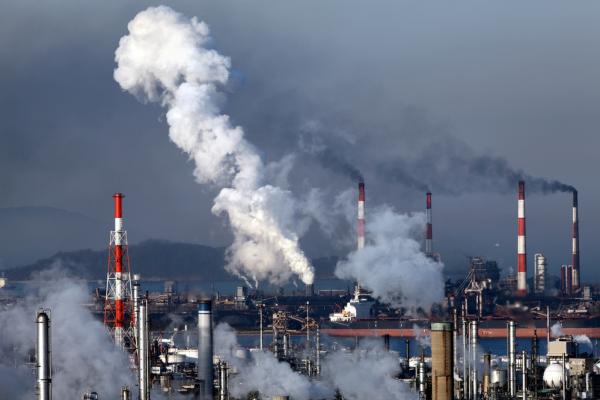
Dec. 28 (UPI) — Short-term exposure to air pollution and ozone, even at levels below current safety standards, is linked to a higher risk of premature death for elderly people, a study published Wednesday reveals.
The study, by Harvard University’s T.H. Chan School of Public Health, was published in the Journal of the American Medical Association.’
From 2000 to 2012, researchers found that increases in fine-particulate inhalable matter, known as PM2.5, in the air during the “warm-season ozone” period of April to September leads to increased mortality.
The study compared air pollution readings in areas where the entire U.S. Medicare population, which lives in more than 39,000 zip codes, to the 22 million U.S. residents who died during the time period.
Although the U.S. Environmental Protection Agency regards long-term exposure to PM2.5 safe if it averages no more than 12 micrograms of particulate per cubic meter of air, researchers found that any increase in air pollution correlates with increased death.
Researchers say that an increase of 1 microgram of particulate per cubic meter of air in daily PM2.5 during the summer could lead to an additional 550 deaths per year, or 7,150 during the 13 years of data reviewed for the study.
An increase of 1 part per billion in daily ozone could lead to 250 additional people dying, or 3,250 addition deaths, during the study period.
The risk was found to be even higher among elderly who were also low-income, female or African-American.
“This the most comprehensive study of short-term exposure to pollution and mortality to date,” Francesca Dominici, a professor of biostatistics at Harvard and co-director of the Harvard Data Science Initiative, said in a press release. “We found that the mortality rate increases almost linearly as air pollution increases. Any level of air pollution, no matter how low, is harmful to human health.”






